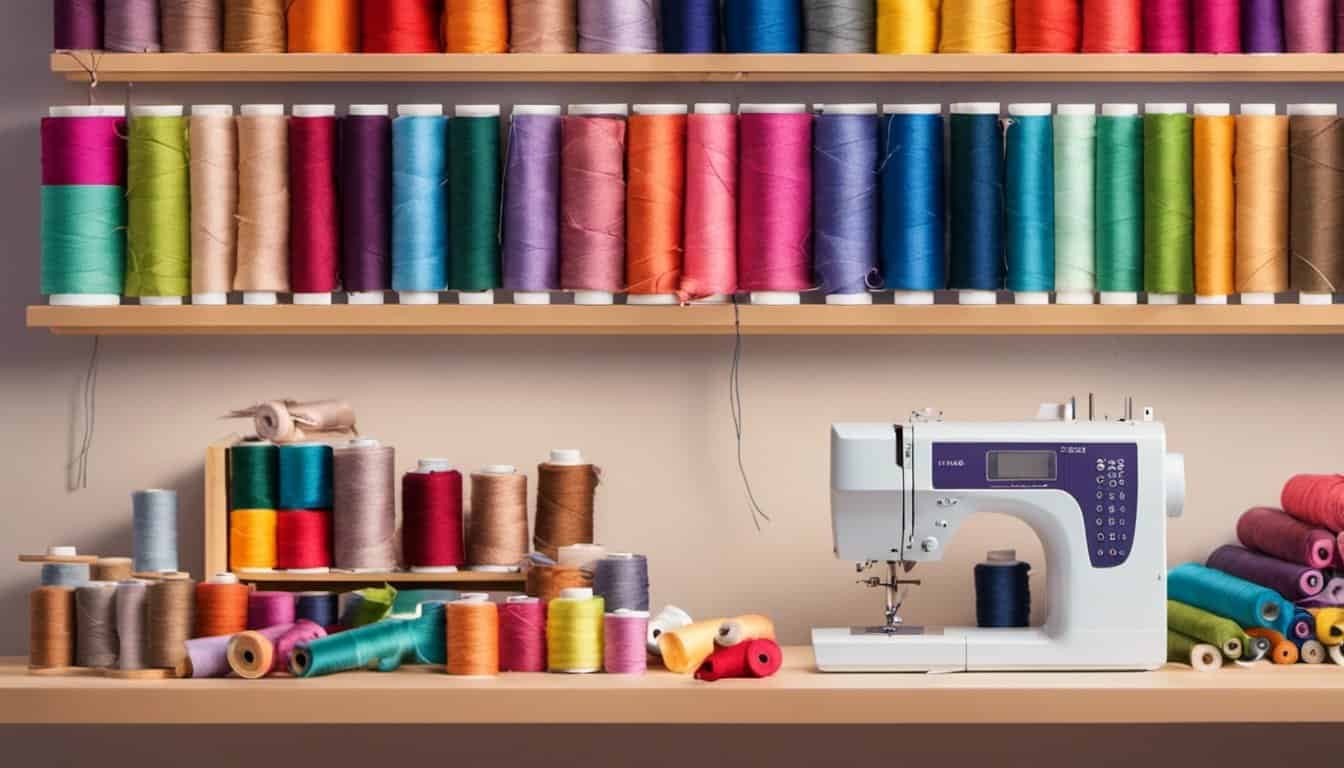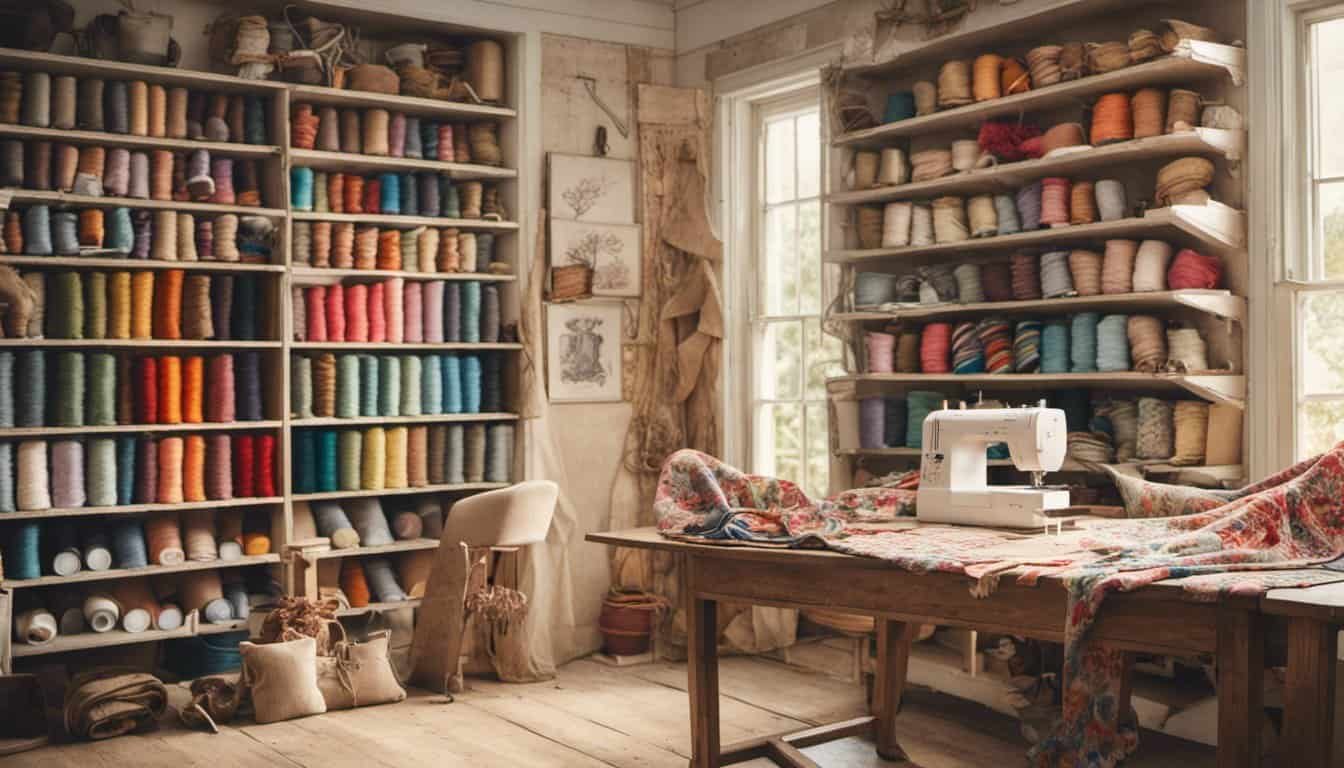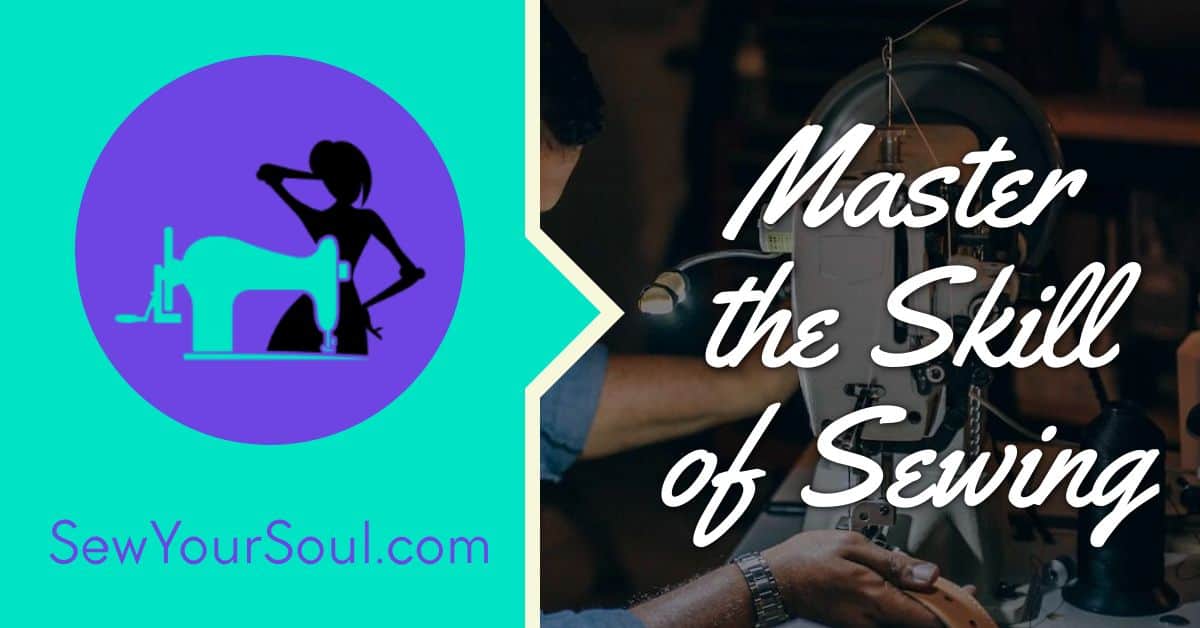Are you new to sewing and unsure about the type and model of your sewing machine? Identifying your sewing machine is an important step in understanding its capabilities and finding the right accessories and parts. In this article, we’ll guide you through the process of identifying your sewing machine, whether it’s an older model or a newer one. By the end, you’ll have a better understanding of your machine and be ready to take on new sewing projects with confidence.
Have you inherited or purchased a sewing machine but don’t know where to start? Identifying your sewing machine is the first step towards unlocking its full potential. In this article, we’ll provide you with simple tips and tricks to help you identify your sewing machine’s brand, model, and features. With this knowledge, you’ll be able to find the right manuals, accessories, and even troubleshoot any issues that may arise. Let’s dive in and discover the secrets of your sewing machine together!
Why Is It Important to Identify Your Sewing Machine?
Identifying your sewing machine is an essential step for any sewing enthusiast. Whether you’re a beginner or an experienced seamstress, knowing the make and model of your machine is crucial. Why is it important, you ask? Let’s delve into the reasons:
1. Understanding Capabilities and Features: Knowing your sewing machine’s make and model will allow you to understand its capabilities and features. Different machines have different functionalities, such as the ability to handle heavy fabrics, embroidery options, or even computerized settings. By identifying your specific machine, you can unlock its full potential and take advantage of all the features it offers.
2. Finding the Right Accessories and Parts: Sewing machines come with a wide range of accessories and compatible parts. By identifying your machine, you can easily find the accessories and parts that are suited for your specific model. Whether it’s the right presser foot, bobbins, or even a replacement needle, knowing your machine’s make and model will save you time and hassle when searching for the right items.
3. Troubleshooting and Maintenance: A well-maintained sewing machine is essential for smooth sewing projects. By identifying your machine, you can easily find the appropriate manuals, guides, and troubleshooting resources specific to your model. This knowledge will enable you to troubleshoot and fix common issues that may arise during your sewing journey.
4. Connecting with Other Sewists: Identifying your sewing machine also helps you connect with other sewists who share the same model. Online forums, social media groups, and even local sewing clubs are great places to connect with like-minded individuals who can provide tips, recommendations, and advice based on their experience with the same machine.
5. Preserving the Value of Vintage Machines: If you own a vintage sewing machine, identifying its make and model can help you preserve its historical and monetary value. Vintage machines often have unique features and designs that collectors and enthusiasts cherish. By knowing the specific details of your machine, such as its manufacturing date or any notable historical significance, you can properly care for and maintain its value.
Different Types of Sewing Machines
When it comes to sewing machines, there are a variety of options available to suit different needs and preferences. Understanding the different types of machines can help you identify the one you have and make an informed decision when purchasing a new one. Here are some of the most common types of sewing machines:
Mechanical Sewing Machines
Mechanical sewing machines are the most basic and traditional type of sewing machine. They are operated manually and do not have any digital or computerized components. These machines are great for beginners or those who prefer a simpler approach to sewing. They are also known for their durability and longevity.
Computerized Sewing Machines
Computerized sewing machines are more advanced and feature a built-in computer that controls various functions. These machines offer a wide range of stitches and can be programmed to perform intricate embroidery or quilting designs. With a computerized machine, you have the flexibility to customize your sewing projects and easily switch between different stitch patterns.
Serger Machines
Serger machines, also known as overlock machines, are designed to create professional-looking finished edges on fabric. These machines can trim and sew fabric simultaneously, creating a neat and durable seam. They are commonly used for stitching and finishing edges on garments, home decor items, and accessories.
Embroidery Machines
If you enjoy adding intricate designs and embellishments to your sewing projects, an embroidery machine is a must-have. These machines are specifically designed for embroidery and can create beautiful patterns using different colored threads. Some embroidery machines even have pre-programmed designs or the ability to upload custom designs for a personalized touch.
Quilting Machines
Quilting machines are specifically designed for quilting projects and have features that make quilting easier and more efficient. They often have a larger throat space, allowing you to work with larger quilts, and come with specialized quilting stitches and accessories. Whether you’re a seasoned quilter or just starting out, a quilting machine can help you create stunning quilted creations.

Finding the Manufacturer and Model Number
When it comes to identifying your sewing machine, one of the first things you need to do is find out the manufacturer and model number. This information can be crucial in determining the age and capabilities of your machine, as well as finding the right parts, accessories, and manuals.
So, how do you find the manufacturer and model number of your sewing machine? Here are a few tips to get you started:
- Check the machine itself: Take a close look at your sewing machine. Often, manufacturers will place their logo or brand name somewhere on the machine. It could be on the side, the front, or even on the back of the machine. Once you locate it, write down the brand name as it will help you narrow down your search.
- Look for identification plates or stickers: Many sewing machines have identification plates or stickers that display important information, including the model number and sometimes even the serial number. These plates or stickers are usually located on the body of the machine, underneath or near the sewing area. Take a moment to inspect your machine for any such plates or stickers, and jot down the relevant numbers or information you find.
- Consult the manual: If you were lucky enough to inherit a sewing machine with its original manual, this can be a treasure trove of information. Manuals often include details about the manufacturer, model number, and other key specifications. Flip through the pages of the manual to find the relevant information, or look for a dedicated page specifically listing these details.
- Online resources and forums: If you’re still having trouble finding the manufacturer and model number, don’t worry! The internet is a vast and resourceful place. Look up your sewing machine’s brand name and any identifying marks or numbers you found. You might come across forums or websites dedicated to sewing machine identification, where knowledgeable enthusiasts can help you identify your machine based on photos or descriptions.
Remember, knowing the manufacturer and model number of your sewing machine is the first step towards understanding its capabilities, finding the right accessories, troubleshooting issues, and preserving its value. So, get sleuthing and uncover the identity of your trusty sewing companion!
[Continue reading for more tips on identifying your sewing machine.](insert link to next section)
Researching Your Sewing Machine
When it comes to identifying your sewing machine, doing some research is crucial. With the vast array of models and brands available, it’s important to gather as much information as possible to make the identification process easier. Here are some tips to help you conduct your research:
« Discover the Surprising Secrets to Perfectly Sewing a Pillowcase – Even Beginners Can Do It
Unveiling the Secret Formula: The Ultimate Guide to Find Your Perfect Sewing Machine »
1. Online resources: The internet is a treasure trove of information. Look for websites and forums dedicated to sewing machines. These platforms often have databases and resources that can help you identify your machine based on its features, manufacturer, or model number. Don’t hesitate to ask questions and share pictures to get expert opinions.
2. Manuals and documentation: If you still have the manual for your sewing machine, it can be a valuable resource in identifying your machine. Refer to the cover page or the back of the manual for any information about the manufacturer, model number, or distinguishing features. If you don’t have the physical manual, search online for digital copies or contact the manufacturer directly.
3. Local resources: Don’t underestimate the power of your local sewing community. Reach out to sewing shops, sewing groups, or even sewing machine repair technicians in your area. They often have extensive knowledge about different sewing machine models and might be able to provide you with valuable insight or even point you in the right direction.
4. Antique sewing machine specialists: If you have a vintage or antique sewing machine, consider consulting with specialists who specialize in these machines. They can often identify and provide historical context for older models. Look for antique sewing machine collectors, historians, or restoration experts. They can be a wealth of knowledge and might even have access to rare manuals or documentation.
Remember, the goal of researching your sewing machine is to gather as much information as possible. Pay close attention to details like the manufacturer, specific features, model number, and any unique identifiers. The more information you have, the easier it will be to identify your machine and find the resources and accessories you need.

Using online resources, manuals, local experts, or antique specialists are all valuable avenues for conducting your research. Take your time, explore your options, and enjoy the process of unraveling the mysteries of your sewing machine.
Identifying the Age and Value of Your Sewing Machine
One of the most fascinating aspects of owning a sewing machine is discovering its history and understanding its true value. Whether you have an older model or a newer one, being able to determine the age and worth of your machine can provide insight into its capabilities and craftsmanship. Let’s delve into the world of identifying the age and value of your sewing machine!
1. Do Your Research: The first step in this journey is to gather as much information as possible about your machine. This can be done through various means, such as consulting online resources, manuals, local experts, and even antique specialists. The more you know, the better equipped you’ll be to determine your machine’s age and value.
2. Serial Numbers and Model Identification: One of the key factors in identifying the age of your sewing machine is its serial number. Many manufacturers, especially older ones, used unique serial numbers that can provide clues to the date of manufacture. Look for the serial number on the machine itself, typically located on the bottom, back, or inside the machine’s casing. Additionally, check for any identification plates or stickers that may contain model numbers, which can also aid in identification.
3. Online Resources and Forums: In this digital age, online resources can be invaluable in determining the age and value of your sewing machine. There are numerous websites and forums dedicated to sewing machine identification, where enthusiasts and experts share their knowledge and experiences. These platforms can provide valuable insights, tips, and even access to manuals for various machine models.

4. Vintage Sewing Machine Collections: Vintage sewing machines, especially those from renowned brands or with unique features, can hold significant value. If you suspect you have a vintage machine, consider exploring collections and articles dedicated to these unique pieces of history. You may uncover valuable information about your machine’s age, rarity, and potential worth.
5. Preservation and Maintenance: Taking care of your sewing machine is vital in preserving its value, regardless of its age. Regular maintenance, cleaning, and proper storage can ensure that your machine remains in good working condition, ultimately maintaining or even increasing its value over time.
Conclusion
By following the tips and tricks outlined in this article, you can successfully identify the age and value of your sewing machine. Remember to conduct thorough research and make use of online resources, manuals, local experts, and antique specialists to gather as much information as possible. Pay close attention to serial numbers and model identification, as they can provide valuable insights into the age of your machine. Look for identification plates or stickers and consult online resources and forums for further assistance. Lastly, don’t forget the value of vintage sewing machines and the importance of preserving and maintaining them. By taking proper care of your machine, you can ensure its worth remains intact or even increases over time. Happy sewing!










